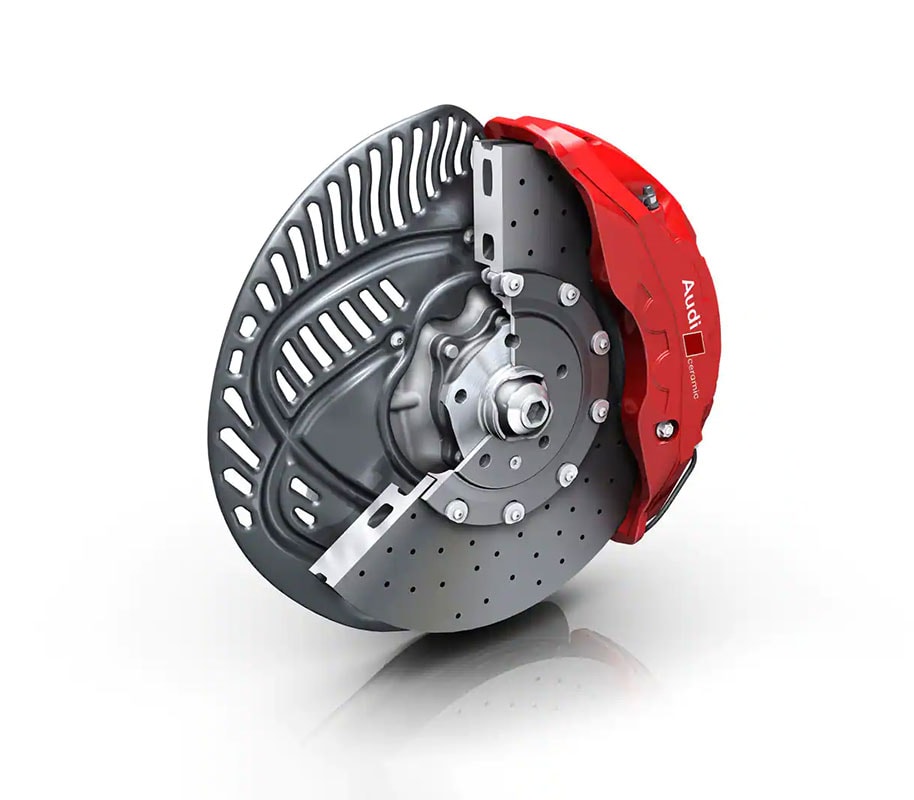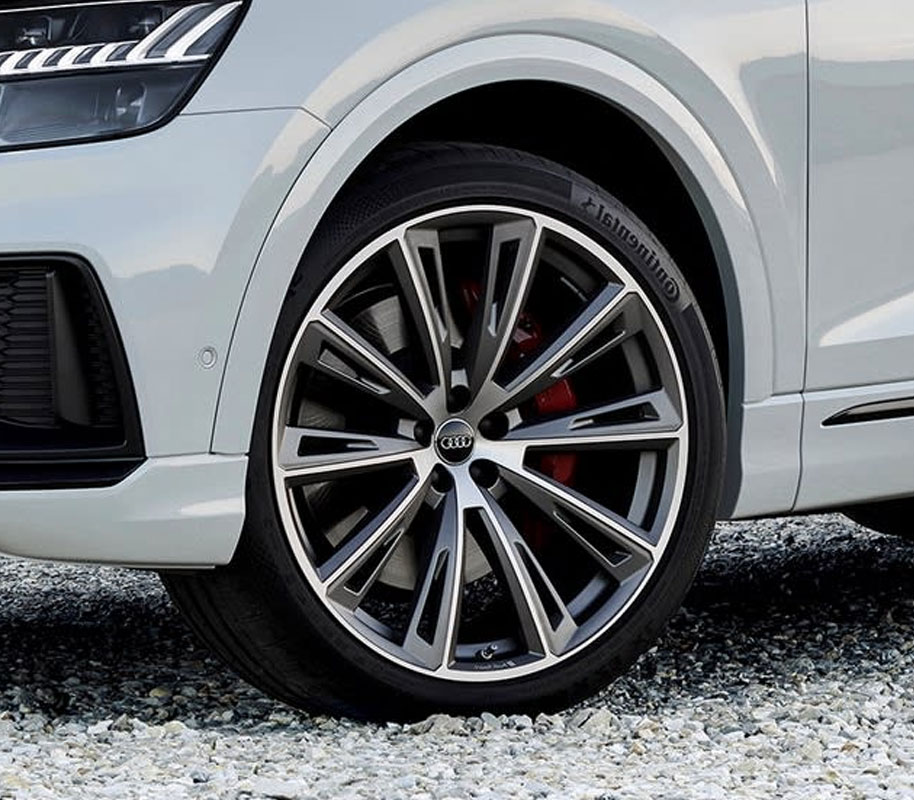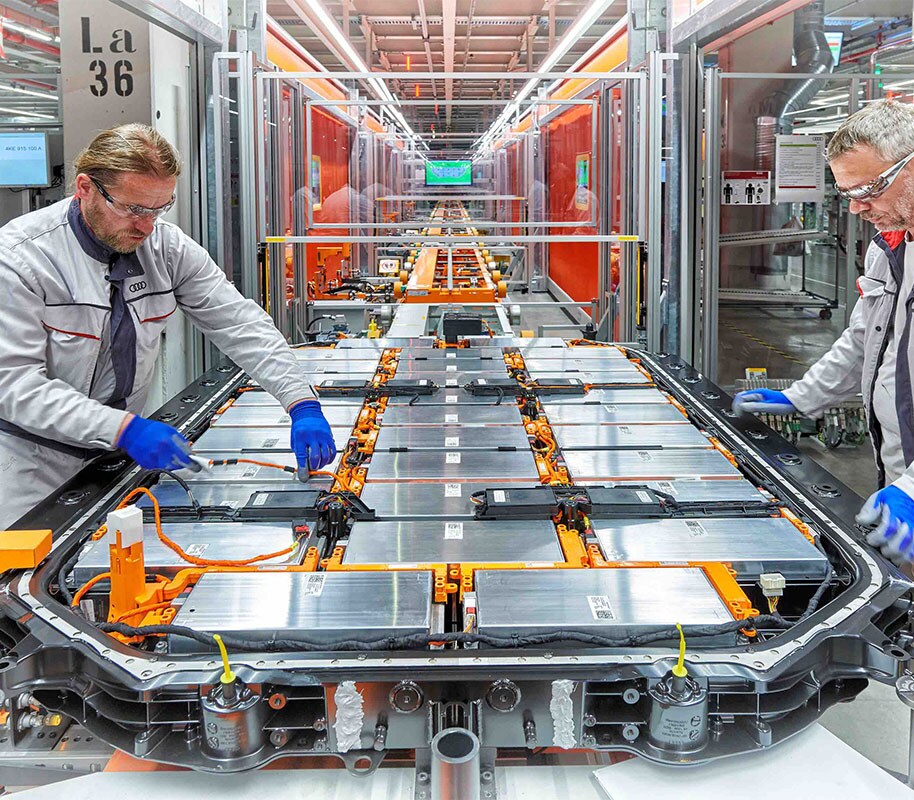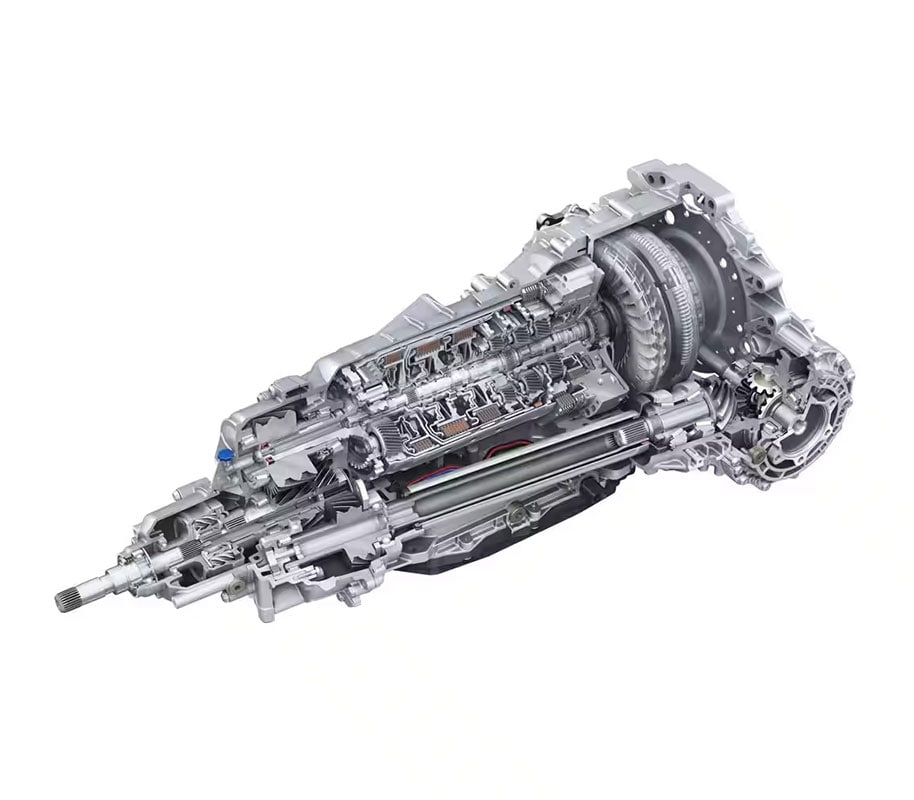View
BEV Maintenance Guide
One of the great things about owning a battery electric vehicle is that maintenance is significantly reduced compared to a typical internal combustion vehicle. There are no oil changes, far fewer moving parts that wear out or a fuel system to watch.
However, it is not zero maintenance.
Until about 5 or 6 years of age, you require very few visits to the Service Department. After that, the battery coolant should be checked or replaced.
Additionally, here are some areas that an owner should be aware of:
Brakes
As BEVs use regenerative braking, the friction brakes last considerably longer than on a regular vehicle. A typical driver can expect to travel 3 or 4 times the miles before needing brake rotor and pad replacement.
However, in the parts of Canada that use salt to melt snow and ice on roads in winter, corrosion can be a real problem from lack of brake use. This can be a costly repair, so having the brakes lubricated and inspected every 1-2 years is important. This is a relatively low-cost service, typically under $150. Using the brakes firmly to activate the friction brakes a couple of times per week will also help to keep corrosion from building up and seizing brake parts.
Key Takeaway: Regular brake inspections and lubrication are important.


Tires
When driven the same way, BEVs and ICE vehicles have very little difference in tire wear. However, BEVs typically have much more power and torque at low speeds, making the car feel peppy. Some drivers tend to take advantage of this, increasing tire wear. Regenerative braking also occurs on the driven wheels, resulting in increased wear, especially with two-wheel drive BEVs.
Rotating the tires religiously every 10,000km to extend tire life is a point that should not be missed. For most Canadians, rotating the tires during the bi-annual seasonal tire swap is appropriate.
Typically, BEVs run higher pressures to extend vehicle range (often more than 40 psi), which we recommend checking regularly. Many BEVs run low rolling resistance tires, which improve range; however, these can be more expensive to replace than typical tires.
Key Takeaway: Regular tire rotations are essential for BEVs.
Batteries
Batteries are maintenance-free and typically last well beyond your ownership period. Most new BEVs have a warranty of 8 years or 160,000km, and it is a reasonable assumption to expect that the battery should last beyond the typical average vehicle life of 300,000 kilometres. Anyone buying a new electric vehicle today will not likely have to worry about the battery until the vehicle is very old.
Owners can extend the life of the battery by restricting charges above 90% state of charge, and letting the battery drop below 10% state of charge before charging to a bare minimum. This is particularly important with Lithium Ion batteries that have NMC (nickel, manganese, cobalt) or similar chemistries.
Key Takeaway: Keep the battery between 10% and 90% state of charge as much as possible to extend its life.


Other Maintenance
There are several areas that are standard checks for any car and these shouldn't be ignored as the car ages. These areas include suspension parts such as bushings and shock absorbers, CV joints, wheel bearings, and other areas. Body and interior parts can also fail as the vehicle ages. It's important to continually maintain your vehicle, regardless of whether it is powered by gas or electricity.
Overall, a BEV will have dramatically lower maintenance costs than an ICE vehicle; however, remembering that it is not maintenance-free is important to extend its serviceable life.